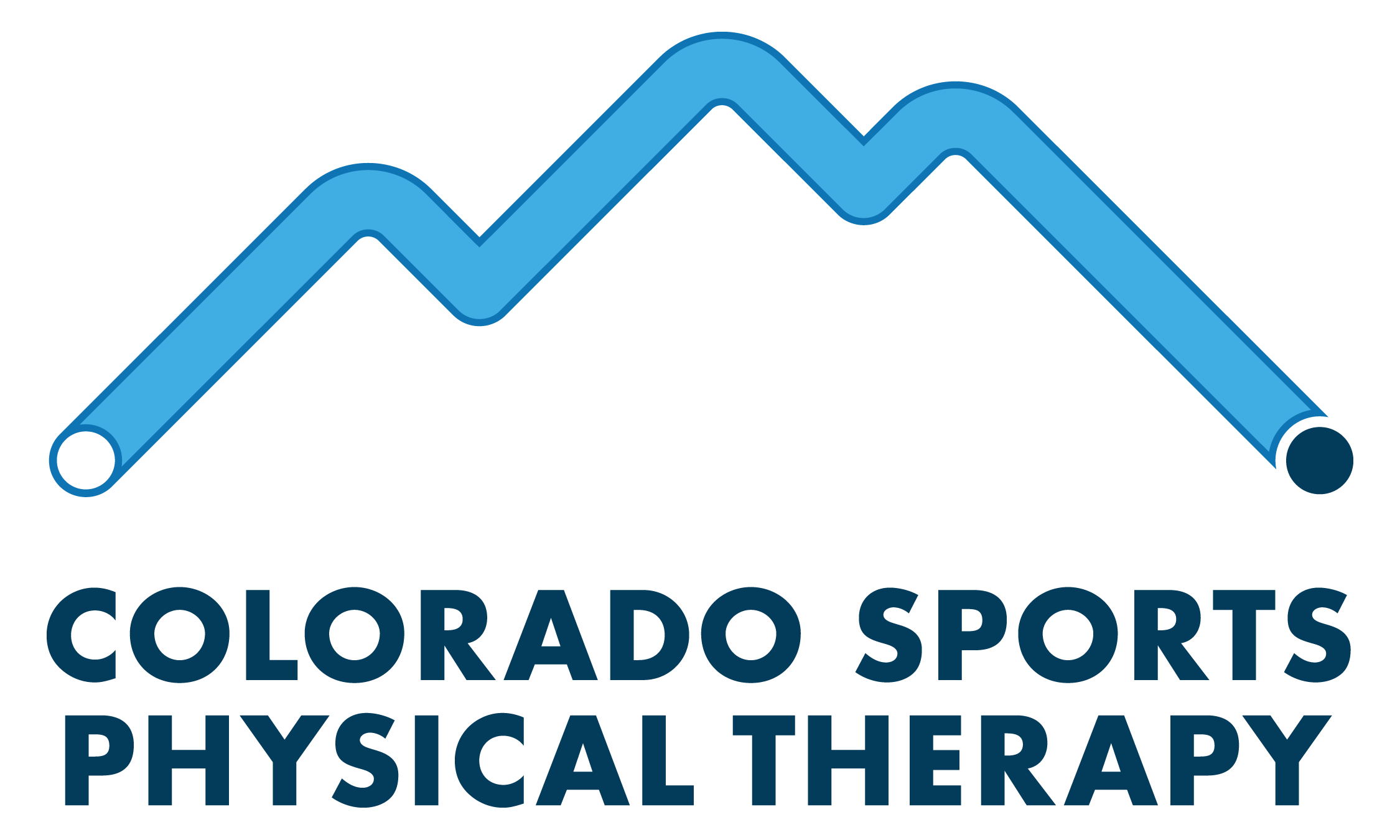Adaptation & the Perils of Underpreparation
Humans are built to adapt. It's how we got to the top of the food chain - we adapted to the demands of our environment better and quicker than anybody else, and now here we are (for better or worse). Obviously, the history of our growth as a species is a lot more complicated than that, but without our ability to adapt, we almost certainly would not have achieved the position we now enjoy in our global ecosystem. This general adaptability also filters down to and is supported by our ability to adapt at a biological level. We are, in fact, highly efficient adaptation machines. Pithy conventional wisdom sums this up with idioms like “You are what you eat”, but there is a fascinating physiological reality driving this capacity.
Here are some takeaway points about why biological adaptation matters and how to use it to your advantage:
Our bodies adapt to the specific loads placed on them. Wolff’s Law is a perfect example of this: Bones in healthy bodies grow stronger when we load them repeatedly (Frost). This is why the conservative treatment of osteoporosis should always include weight bearing exercise (Beck): We want to increase the density and strength of peoples’ bones by stressing them! In fact, most rehabilitation boils down to figuring out how to apply load in such a way that it creates positive, strengthening adaptations.
However, if you push past your body’s ability to adapt, you can increase your risk of injury (Gabbett). This could be from a large increase in activity in a short time or from repeatedly not giving your body enough time to adapt and recover from bouts of load. On the other hand, if you increase your activity level gradually, and give yourself adequate rest and recovery, you can decrease your risk of injury while getting stronger, more flexible, and more robust.
Life is unpredictable - don’t be underprepared! Most “overuse” injuries could more accurately be called “underpreparation” injuries. We often underestimate how stressful our daily lives can be on our bodies, and you never know when you might get thrown a curveball. The best solution to this, then, is to make sure that you are more prepared than you need to be. You can accomplish this by, again, gradually increasing your activity level while allowing adequate time to adapt. Challenging yourself through regular, vigorous exercise can help keep decrease the chances that you get sidelined by an unexpected stress.
If you would like strategies on how to maximize your body’s ability to adapt and recover, our Doctors of Physical Therapy are happy to help you come up with an individualized plan to keep you moving and keep you strong. You should also keep your eye on this space for future articles addressing these topics.
References:
Beck, B. R., Daly, R. M., Singh, M. A. F., & Taaffe, D. R. (2017). Exercise and Sports Science Australia (ESSA) position statement on exercise prescription for the prevention and management of osteoporosis. Journal of Science and Medicine in Sport, 20(5), 438–445. doi: 10.1016/j.jsams.2016.10.001
Frost, HM (1994). Wolff's Law and bone's structural adaptations to mechanical usage: an overview for clinicians. The Angle Orthodontist. 64 (3): 175–188. doi:10.1043/0003-3219(1994)064<0175:WLABSA>2.0.CO;2 PMID 8060014
Gabbett, T. J. (2016). The training—injury prevention paradox: should athletes be training smarter and harder? British Journal of Sports Medicine, 50(5), 273–280. doi: 10.1136/bjsports-2015-095788
